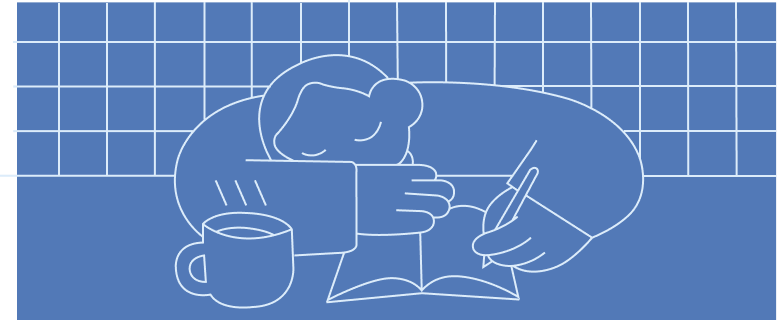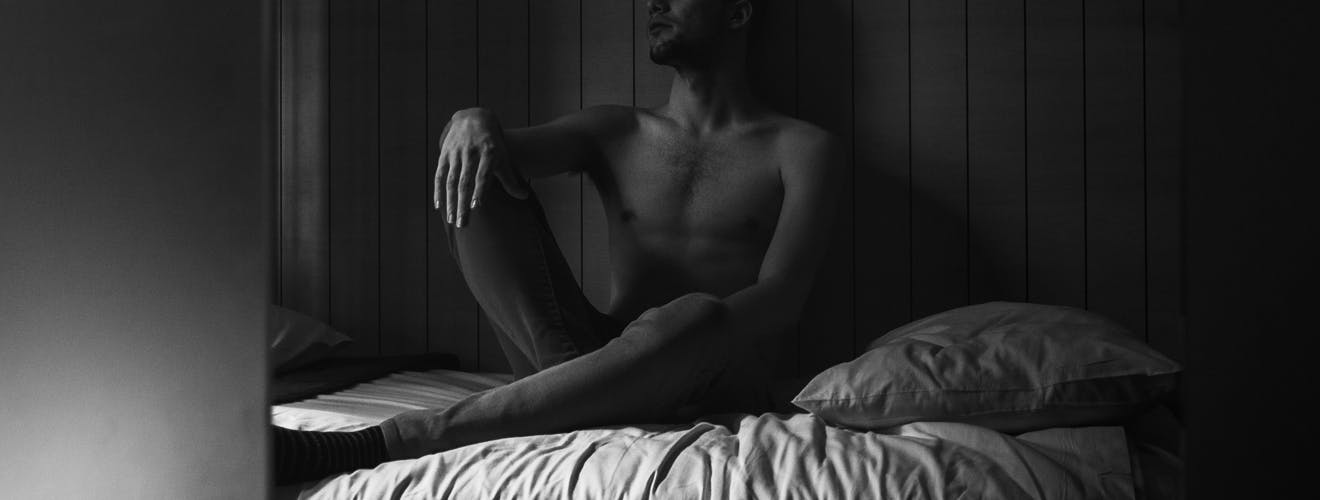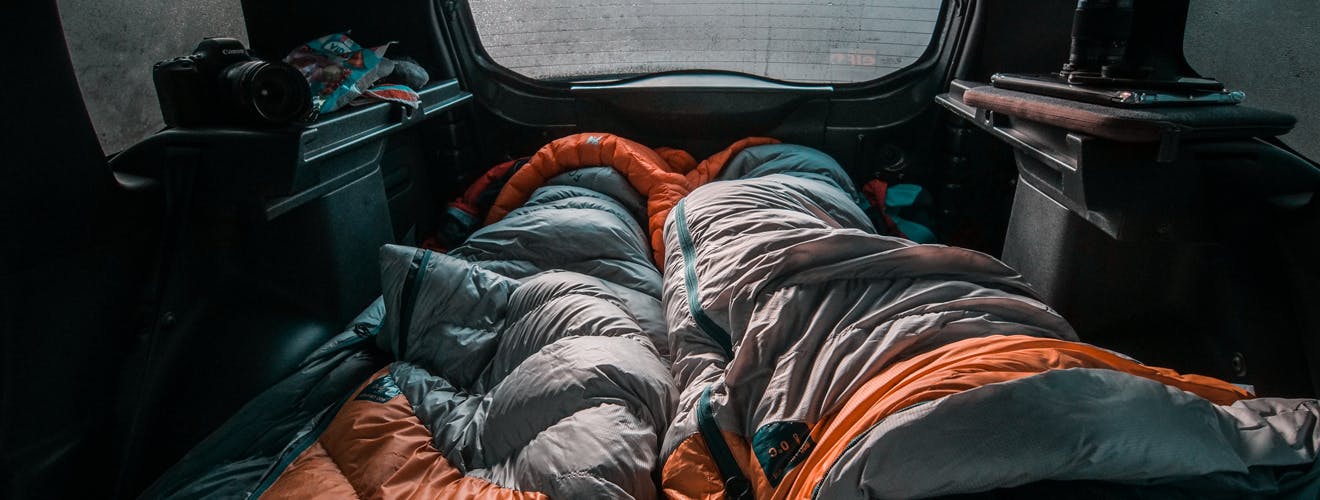Here's How to Sleep on a Plane
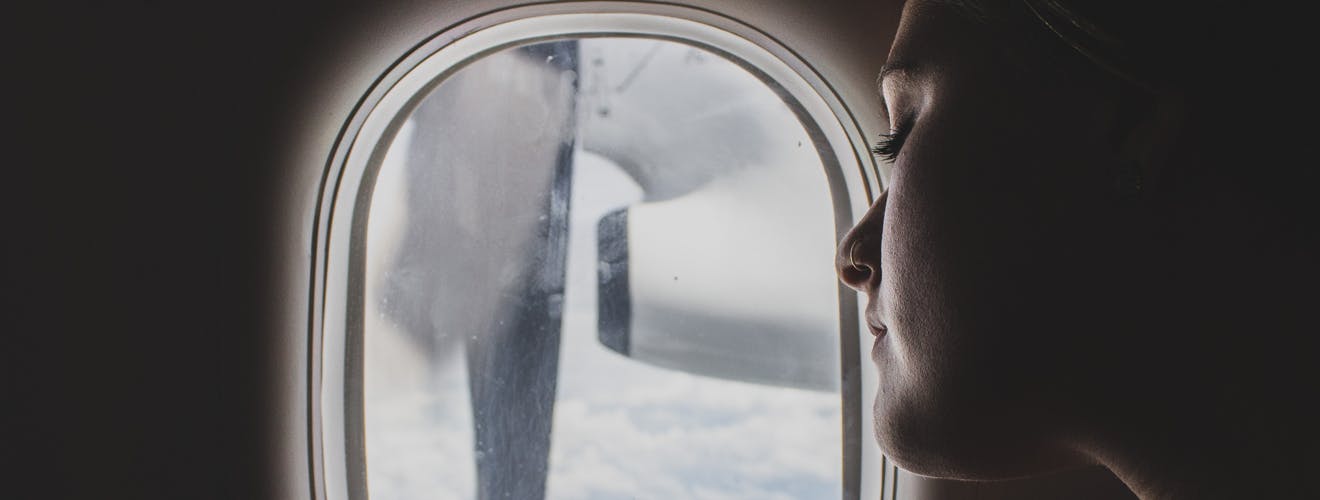
Flying is the safest way to travel, but it's definitely not the most comfortable. Fortunately, seasoned travelers have mastered ways to rest comfortably on flights. Check out these 13 science-backed tips on how to sleep on a plane.
13 Tips for Sleeping on a Long Flight
You've just booked your flight to your dream destination, which means hours of air travel. You're looking forward to the final destination, but you're dreading the sleepless journey ahead. Fortunately, you've come to the right place. Follow these science-backed tips to get better sleep on a plane—even in economy class.
Dress Comfortably
Airport fashion is incredibly important, although not for the reason you might think. While it's nice to take pictures in an airport and a plane while you're all put together, wearing tight clothes won't make it easier for you to rest.
We suggest wearing comfortable clothes that will keep you warm and cozy. Opt for long sleeves and pants, as well as warm socks. Research suggests wearing bed socks or compression socks to warm your feet can help you sleep better and longer. It can also help stop you from waking up too often.
Set the Temperature
The truth is that temperature has a large impact on how well we sleep. Science suggests that between 60 and 67 degrees Fahrenheit is the best temperature for sleep.
Airplane cabins are typically kept between 71 and 75 degrees, but this temperature fluctuates in different zones of the cabin before, during, and after the plane takes off and lands. You'll want to prepare for both hot and cold temperatures. Wear layers that you can easily remove and put on so you can be comfortable for the whole flight.
Pack an Eye Mask
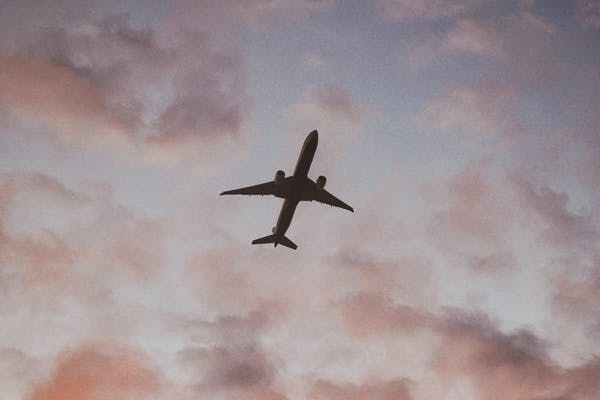
Our brain is wired to sleep when it's dark. With the cabin lights on, it can be hard to fall asleep, or even feel sleepy. Research suggests that exposure to light can interrupt or prevent your sleep, so we recommend packing an eye mask to help you get in the right zone to rest comfortably.
...And Earplugs
Aside from the cabin light, the sound that planes make while in flight can disturb your rest. Noise-canceling headphones or noise-canceling ear plugs are great solutions for that kind of disruption.
Also, Lavender Oil for Aromatherapy
While we're covering the core senses, why not give the nose some attention, too. After all, scents have a profound effect on your memory and sleep. Lavender oil, in particular, has reportedly improved the slow-wave and deep-wave sleep of healthy sleepers. Not only that, but it allows you to wake up much more refreshed after!
Uncross Your Legs
Did you know that crossing your legs can restrict blood flow and increase your chances of developing a blood clot on flights? Not only that, but it can also apply pressure to one side of your body.
While crossing your legs may seem like the more comfortable way to stay in while on the plane, we recommend against it. Instead, keep both your legs straight and bend your knees slightly. You can also keep your personal items under the seat so you have more legroom which allows you to stretch and provide circulation to your feet. If you have a carry-on, you can use it as a footrest to provide additional support.
Buckle Up Over the Blanket
It's not too common knowledge, but if you're using a blanket, you should always buckle up over it. Laying your blanket before fastening your seat belt keeps it secured over your lap. This way, you can keep warm without needing to hold your blanket. This is also more convenient when experiencing turbulence.
Get Comfortable
In Economy class, you don't have many options when reclining your seat, but if you find the chance to lean back to a 135-degree angle, do so. This angle is the safest sleeping position while on the plane because it puts less pressure on your body and decreases the chance of developing a blood clot.
You'll want to move back your seat by 40 degrees to get there, but don't lean your chair all the way to avoid disturbing the people behind you.However, if this position doesn't work for you, some people find that leaning forward on the tray table may be a more comfortable place to be. According to the Sleep Judge, this is the best way to maximize rest.
At the end of the day, it's up to you whether to recline or lean forward on the tray table. Though both carry distinct benefits benefits, your comfort is what matters most. If you find one position to be more comfortable, then go for it.
Use a Pillow to Support Your Lower Back
An airplane seat isn't the most ergonomic. Many people end up with back pain because the seats don't provide enough support to their lower back. To avoid this, remember to bring a pillow or request one from a flight attendant. Put it under your back so you can sit comfortably.
Grab a Neck Pillow, Too
Neck pain is also something that occurs often when traveling by plane. Though awkwardly shaped, neck pillows do a great job supporting your chin and keeping your head from lolling side to side due to the plane movements. This way, you can avoid the discomfort of neck pain when you wake up.
Put the Devices Away
If you want to sleep, the blue light emitted by your devices is not your friend. Research suggests blue light shifts your circadian rhythm and reduces your melatonin production, so you're less likely to feel sleepy. It's more beneficial to put
Listen to Pink Noise
White noise works great to relax some people, but science suggests pink noise is better for long-distance flights. Unlike white noise that plays at the same frequency, pink noise decreases as the frequency increases and has been known to decrease the time it takes to sleep.
Avoid Alcohol and Stay Hydrated
Say no to alcohol. It may be tempting at times, but getting boozed up while on the plane will decrease the chances of you getting deep slumber. Alcohol increases sleep awakenings, so you can't look forward to a long stretch of sleep. It also leads to worse sleep quality and less deep sleep. For this reason, you'll want to avoid caffeine as well. Instead, we recommend you drink lots of water and stay hydrated to combat the dry air on the plane.
Things to Do Before Your Flight
While it's important to be ready for your flight, you also need to do some planning before you get on the plane to get the best sleeping situation. Here are some preparations you can do to ensure quality sleep on a long flight.
Select A Window Seat Beforehand
The reality is, there's a world of difference between plane seats, so choose wisely. If possible, we recommend upgrading to first-class tickets to help you get the best sleep possible.
This is because first-class seats have extra legroom where you can stretch out your leg and be more comfortable. The human body isn't meant to sleep upright, so having the space to lay down will make the long flight much easier on your body. You might also get better meals out of it.
However, if that's not possible, we recommend choosing the window seats. Even in economy cabins, window seats will give you a better chance of sleeping well. They not only provide a view, but a surface to rest your head. If your seat is in the aisle, chances are other passengers will pass by you to get to the restrooms. The chances of them bumping on your legs and disturbing your sleep are pretty high.
Get Good Night's Sleep
We also suggest you get a good night's sleep before you catch your flight. Some people like to stay up before the flight to tire themselves out, but if you want to avoid jet lag, sleep is your friend. If you hop on the plane sleep deprived, you're less likely to stay asleep on the plane. You'll also be doubly tired when you land.
Get Some Exercise
Getting yourself moving a few days leading up to your flight is also a great way to sleep better on the plane. Just a mild 30 to 40-minute exercise will do. This can help tune your body's sleep patterns and enhance your sleep cycle so you're feeling your best when you get to the gates.
How Sandland Sleep Can Help You Fall Asleep Fast
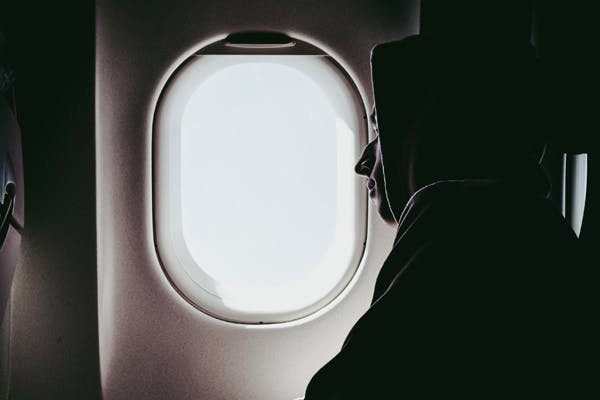
Even if you do everything right, many travelers still find sleep to be elusive on flights. Taking natural sleep supplements can help you get a good night's sleep during a long-haul flight.
Sandland Sleep products are formulated using ingredients that work together to help you sleep on a plane.
These ingredients include:
- Melatonin signals your body when it's time to fall asleep.
- Magnesium, L-Theanine, and Valerian Root which are powerful, natural ingredients that work together to reduce anxiety and promote relaxation so you can fall asleep easier and stay asleep for longer.
- Peppermint is an aromatherapeutic ingredient that has calming effects while adding a fresh taste to the supplement.
All these ingredients combined make up an effective formula that gently nudges you to sleep in a way that's non-habit-forming and non-intoxicating. This way, you can easily snooze in during your flight and wake up refreshed at your destination.
Wrapping Up
Air travel can be uncomfortable and is often likely to mess with your sleep schedule. However, with a few tricks and the right preparation, you can always sleep peacefully and avoid the dreaded jet lag even on an overnight flight.
We suggest getting as comfortable as you can with comfortable clothes and sleep aids. Getting enough exercise, sleep, and hydration before the flight can also ensure you get enough sleep time on your next flight.
Booking the right seat can also help ensure you get some shut-eye before you reach your final destination.
Finally, taking Sandland Sleep products can help lull you to a deep slumber—even in economy class. Follow these tips and we guarantee your future flights are going to be as comfortable as sleeping on your bed.
No, you are not allowed to sleep on the floor of the plane. Not only is it unhygienic, but it's also dangerous. Doing so can be dangerous for you and your fellow passengers.
Airplane pillows or neck pillows are a special type of pillow with a u-shape designed to support your neck and head. This can combat the pain and discomfort that usually comes with sleeping upright while traveling long distances.
Parents can request a bassinet or sky cot for the baby to sleep for long flights. However, they will need to book bulkhead seats or the row with no other seats in front. We suggest getting in touch with the airline before the flight to reserve one.



